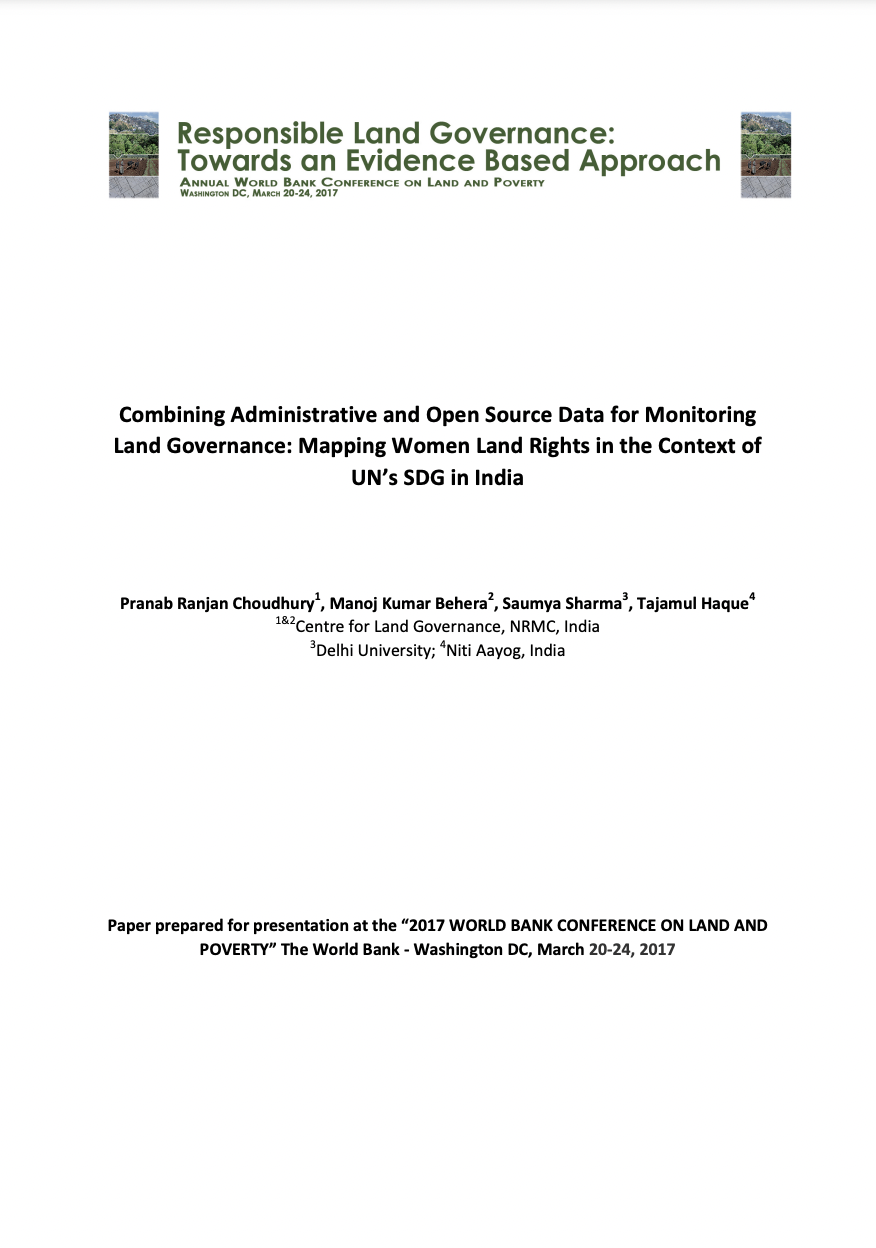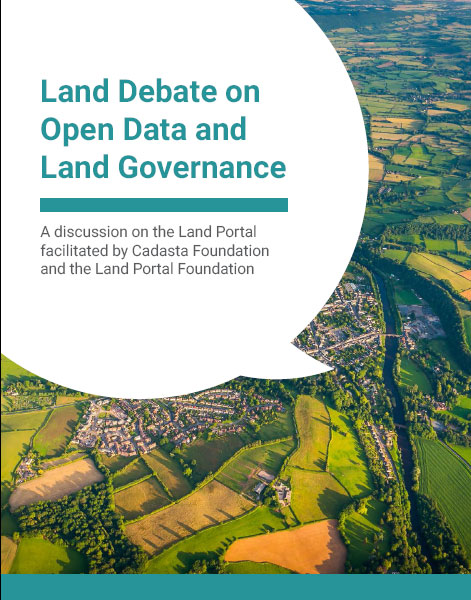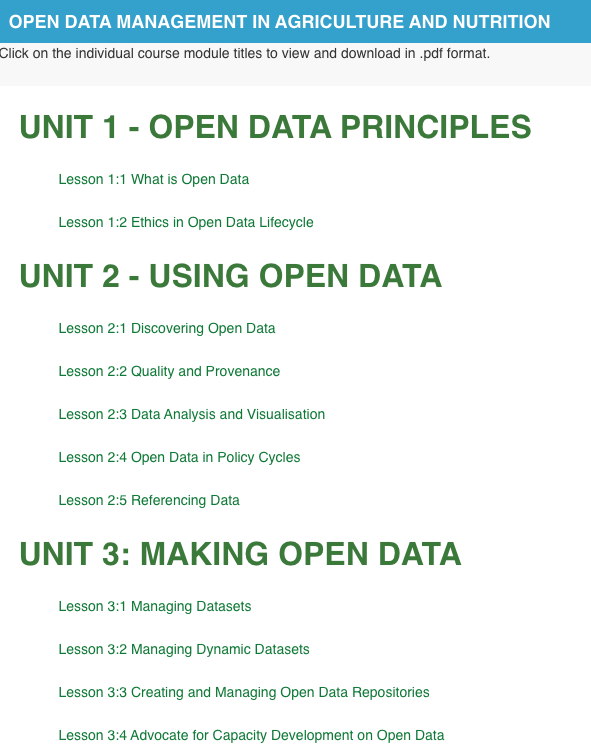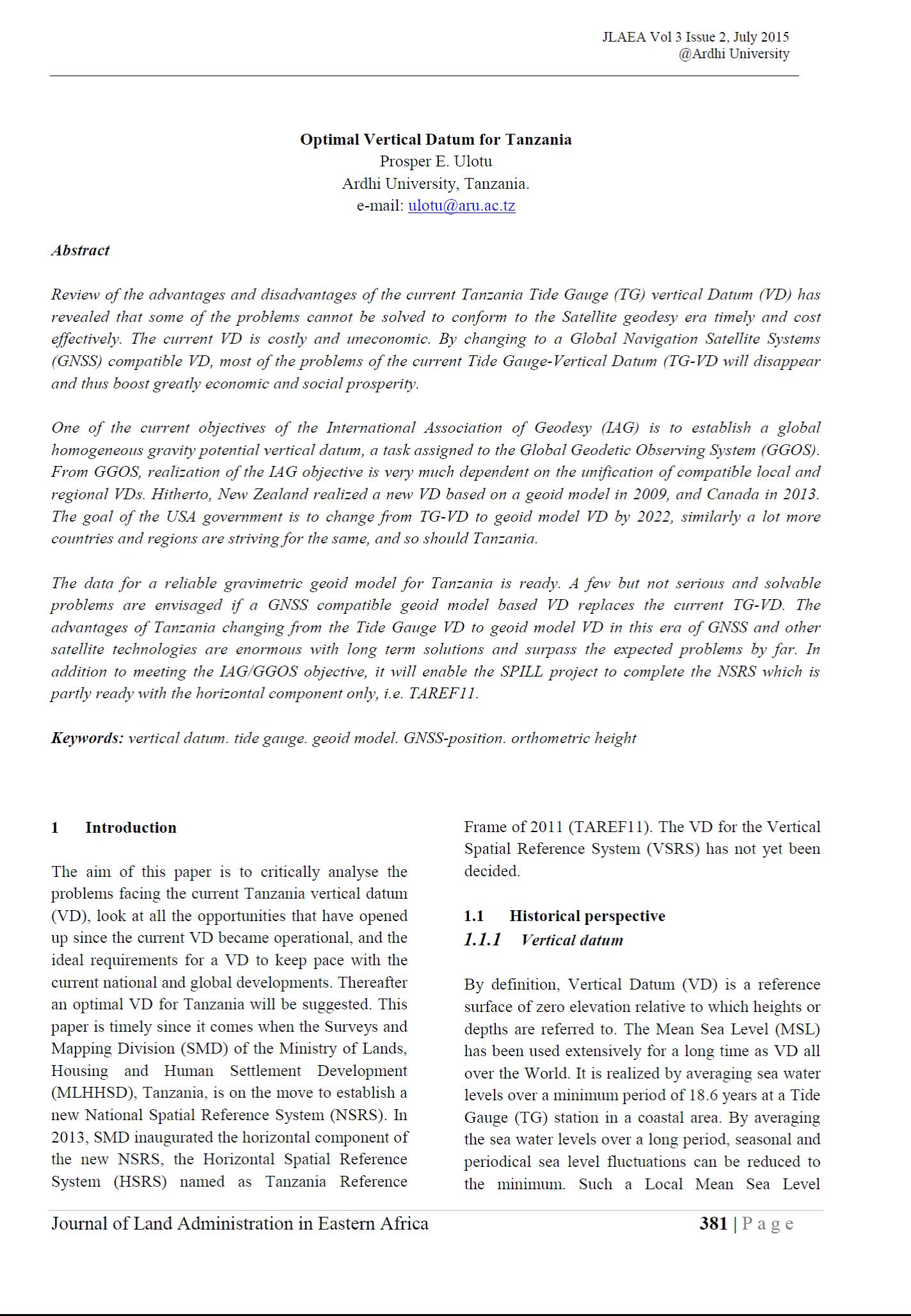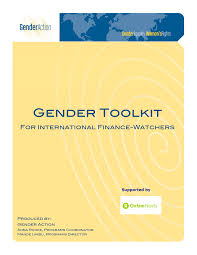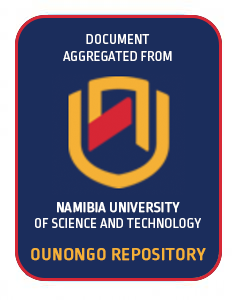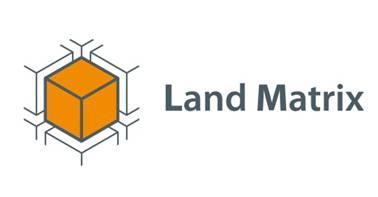Combining Administrative and Open Source Data for Monitoring Land Governance
Production, availability and accessibility of reliable data and statistics are of fundamental importance in monitoring and in taking evidence-based decisions for good land governance. The demand for data as evidence is increasingly focused to monitor global and national developmental status and targets. Implementation of intentionally agreed commitments like Sustainable development Goals (SDGs) influence data production and availability, and the development of national statistical capacities (OECD, 2015)1 .

